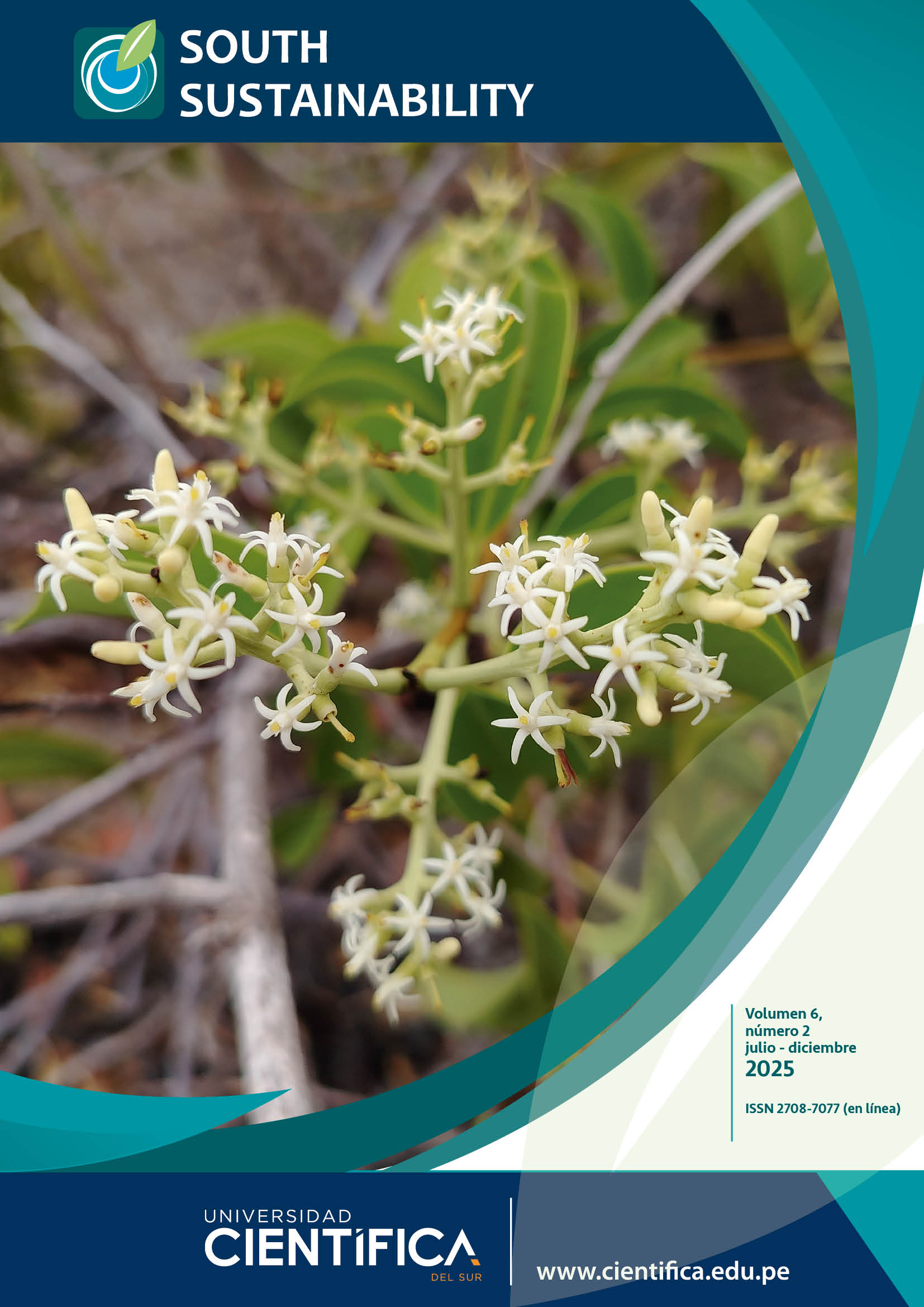Influence of biochar on soil nitrogen availability and maize yield in a hyper-arid Leptosol soil on the Peruvian Pacific coast
DOI:
https://doi.org/10.21142/SS-0602-2025-e131Keywords:
Biochar, municipal green waste, urea, maize, nitrogenAbstract
The aim of this study was to evaluate the effects of biochar on the soil nitrogen supply for maize. A field experiment was conducted across two crop cycles, with four treatments: control; urea (0.5 t.ha-1); biochar (1 t.ha-1); and a combination of urea (0.42 t.ha-1) and biochar (0.5 t.ha-1). Biochar was produced from municipal green waste using an adobe kiln and later blended with urea (75%) and clay (25%) for enrichment purposes. The changes in the supply rate of soil nitrogen and increased vegetative growth (+8% in the first crop and +41% in the second crop) and yield (+160% in the first crop and +110% in the second crop) in the maize, as a result of the combined application of biochar and urea, demonstrate the value of enriching biochar with synthetic nitrogen. Furthermore, the comparatively low maize yield when only biochar was applied suggests that enriching biochar with nitrogen fertilizer may be essential for achieving agronomic benefits with biochar, at least in the case of the low fertility Leptosol soil which was the focus of this study. These results offer an initial insight into the benefits and challenges associated with biochar application in Peru’s sandy coastal soils, indicating promising effects on soil nitrogen stabilization.
Downloads
Published
Issue
Section
License
Copyright (c) 2025 Christian Campos-Astupiña, Ursula Loret de Mola León, Brenton Ladd

This work is licensed under a Creative Commons Attribution 4.0 International License.













